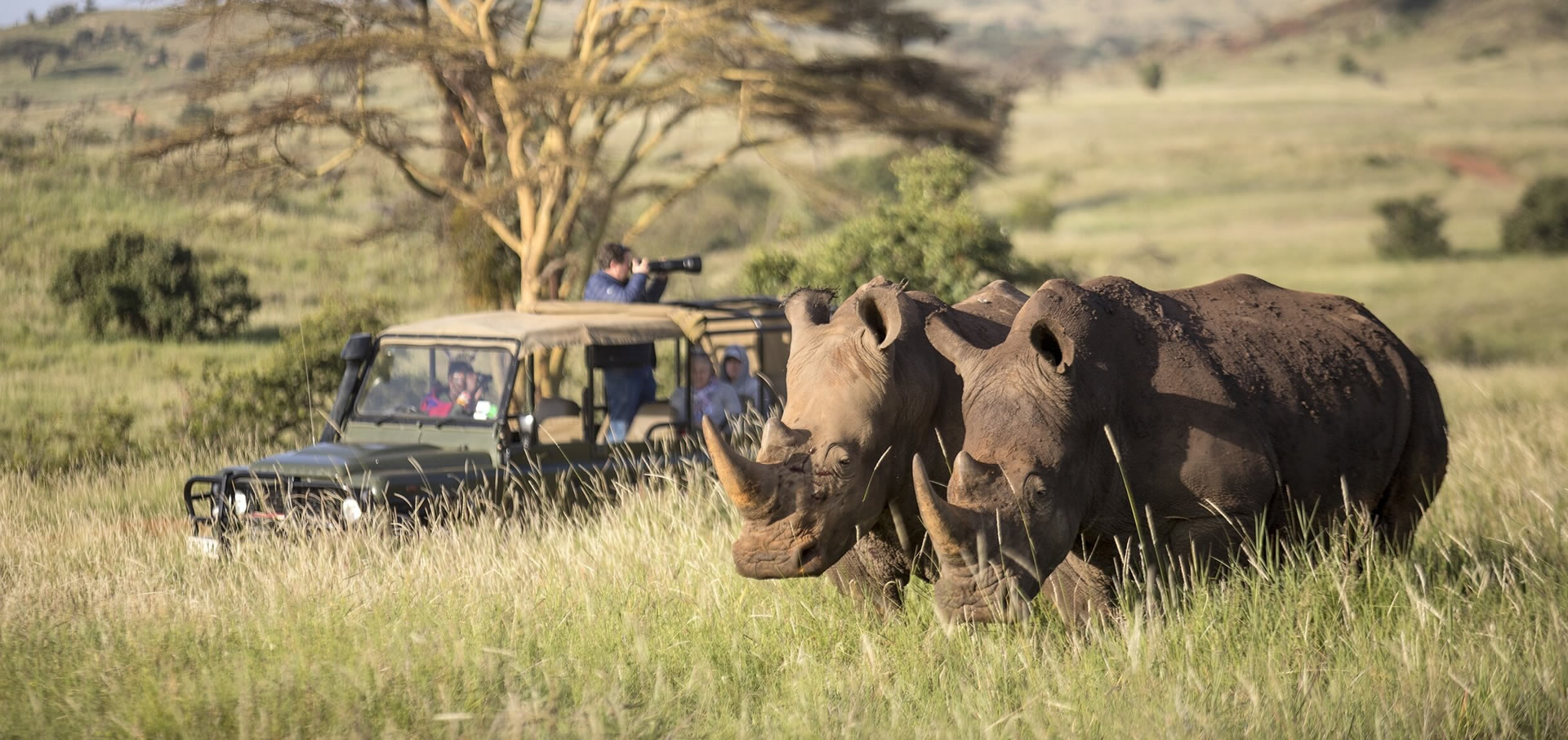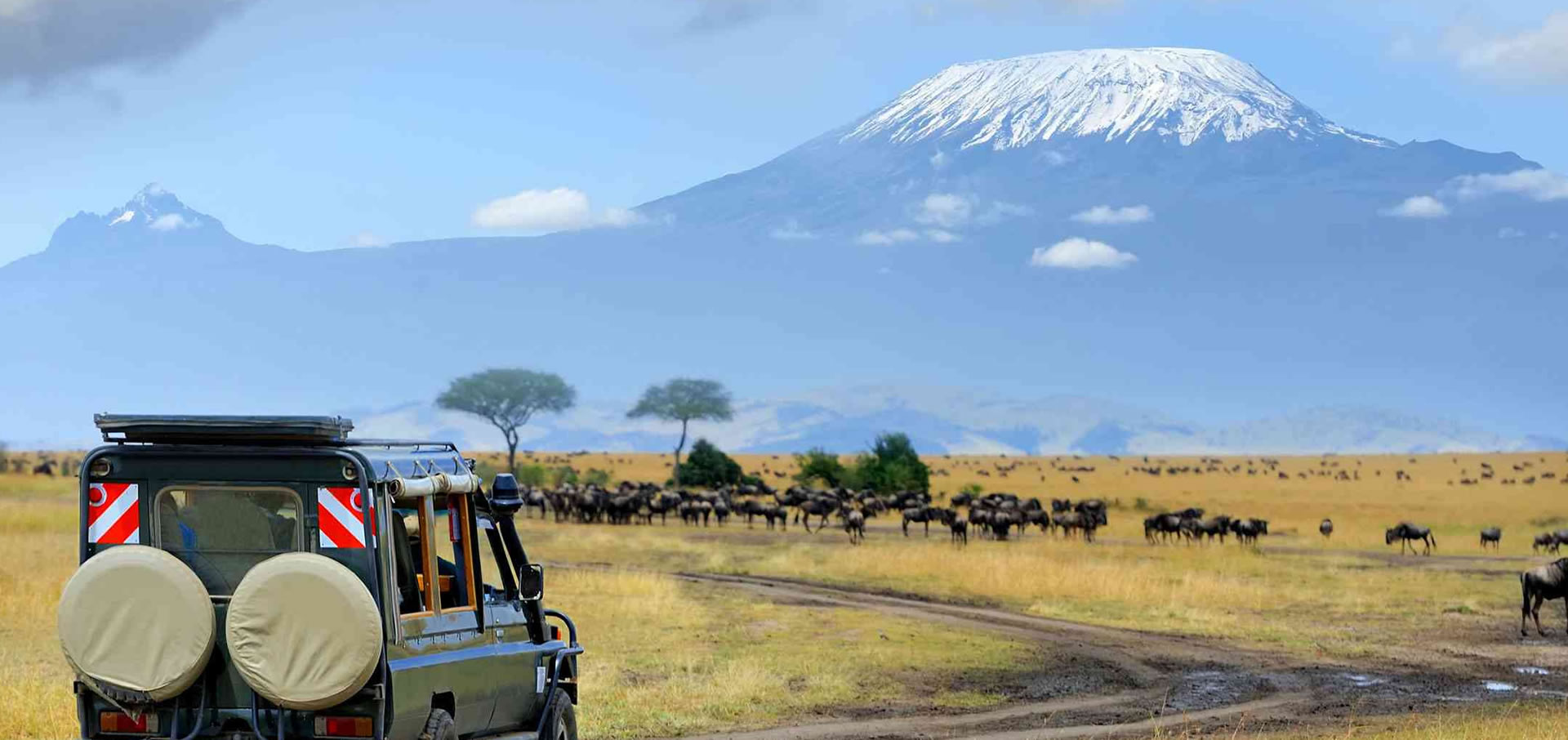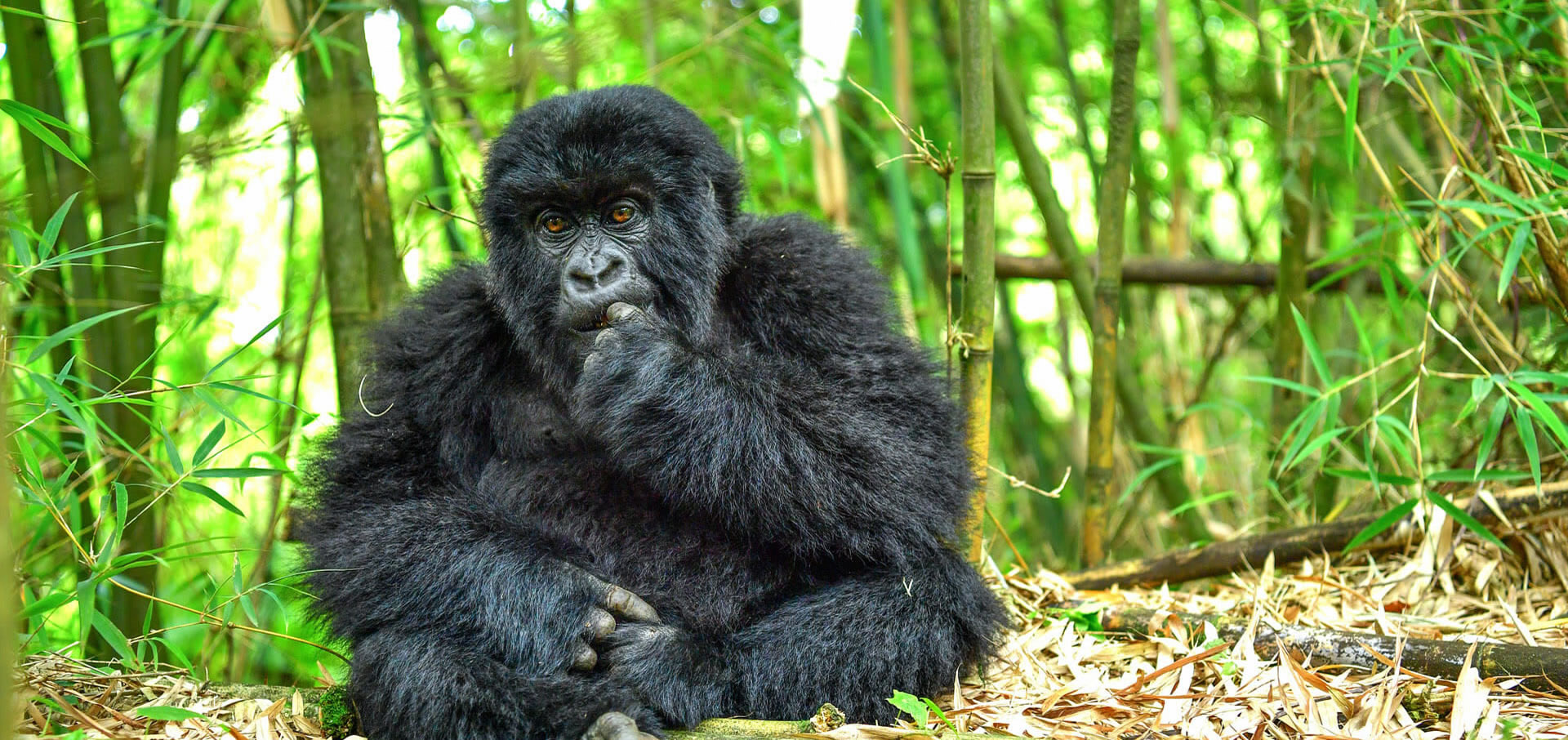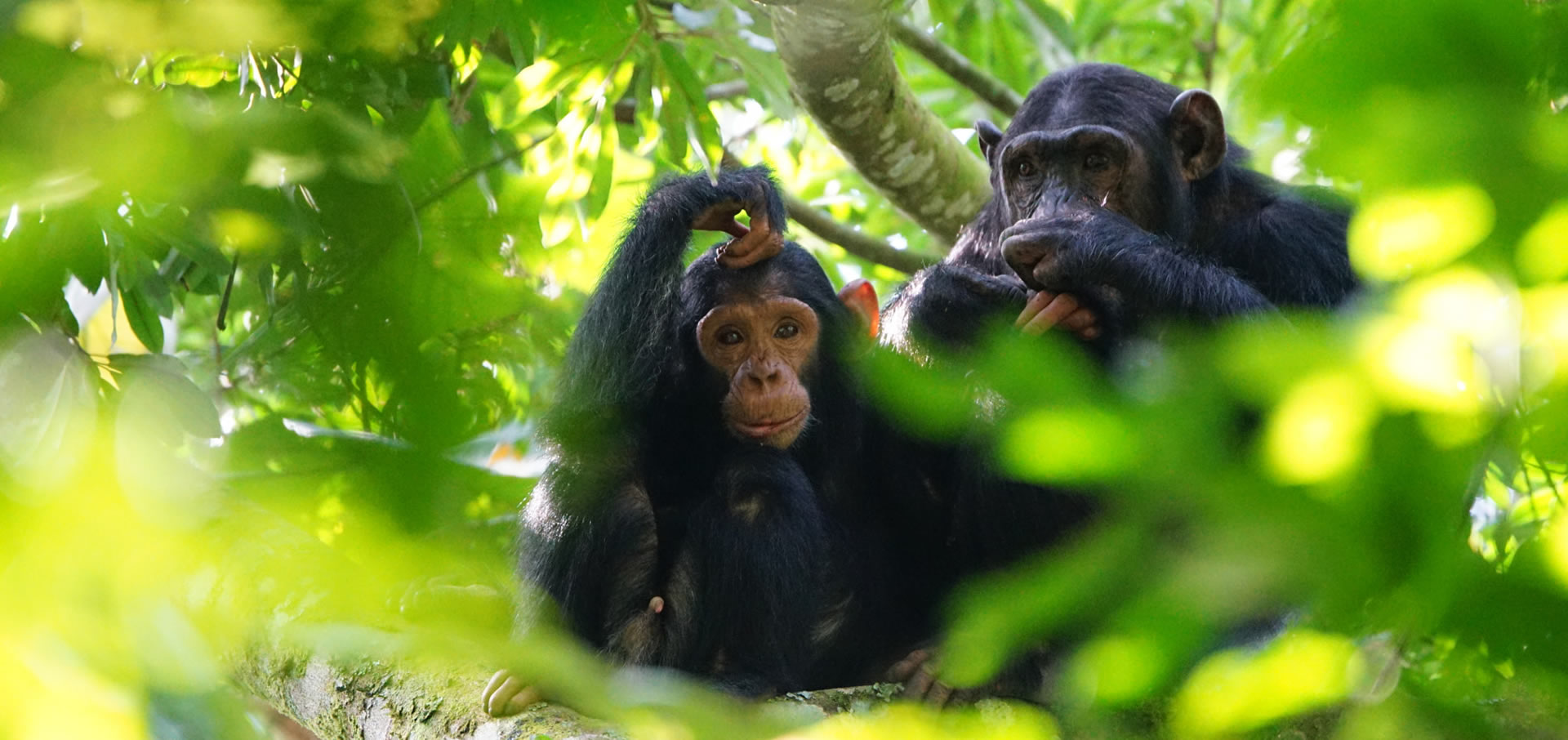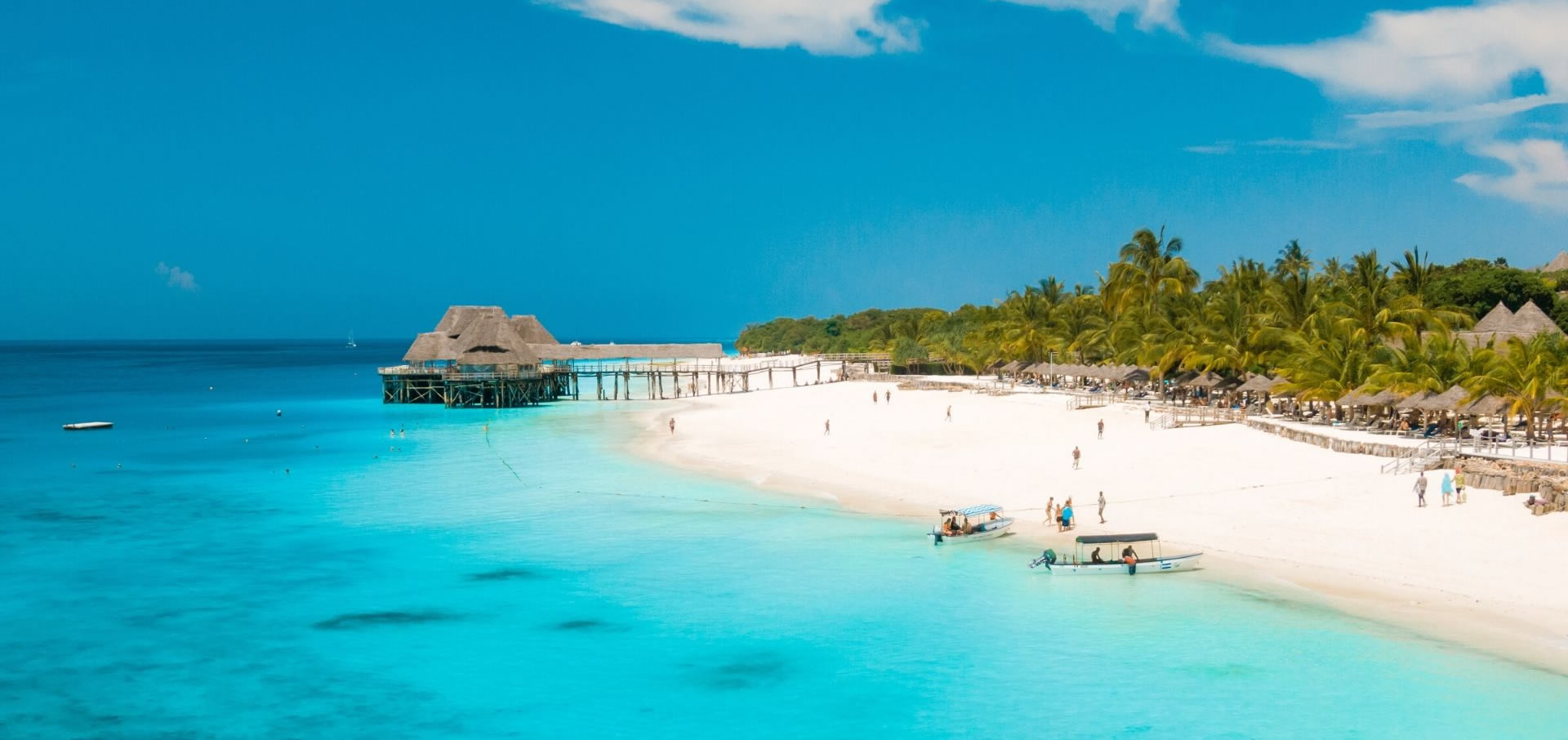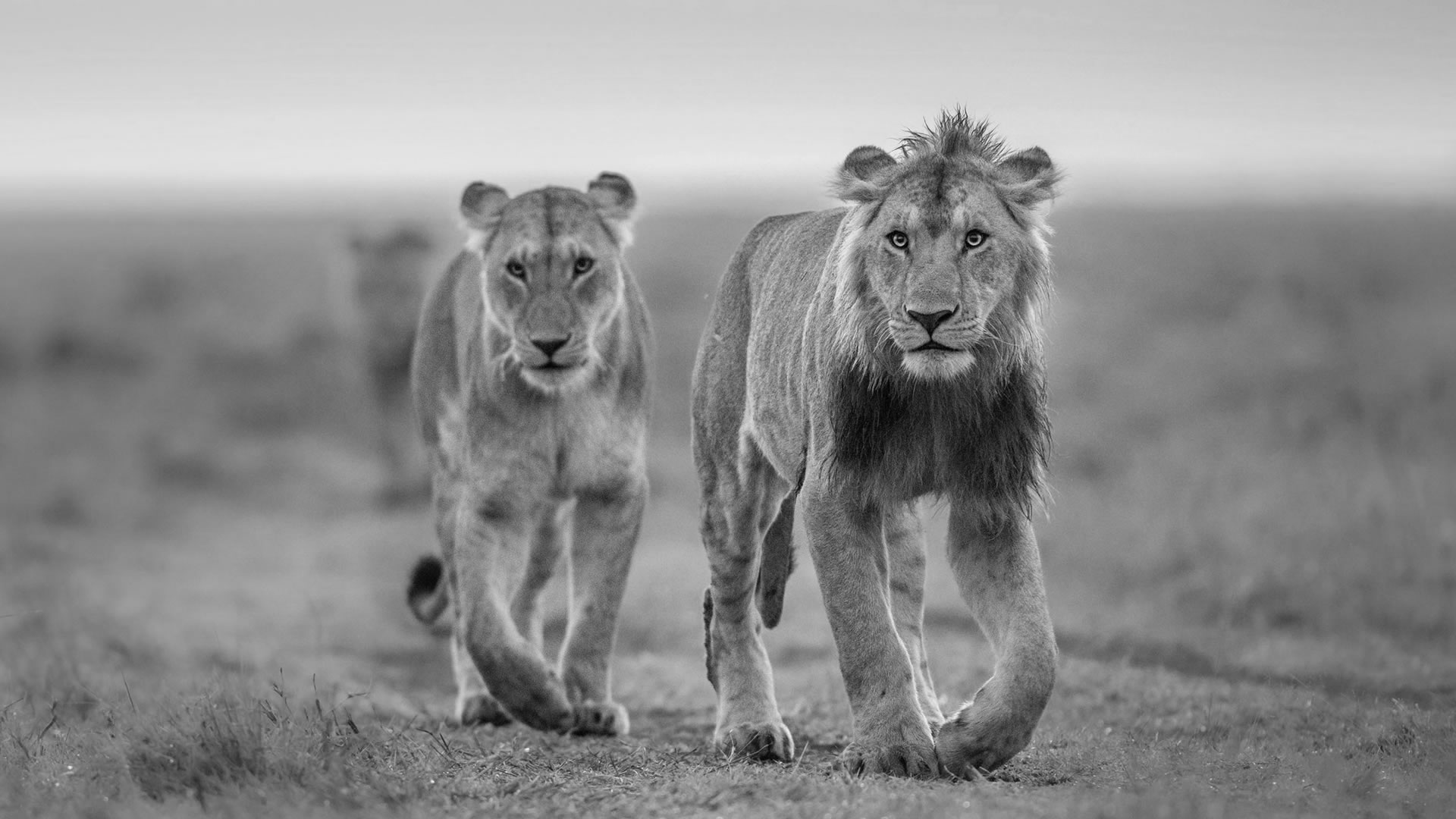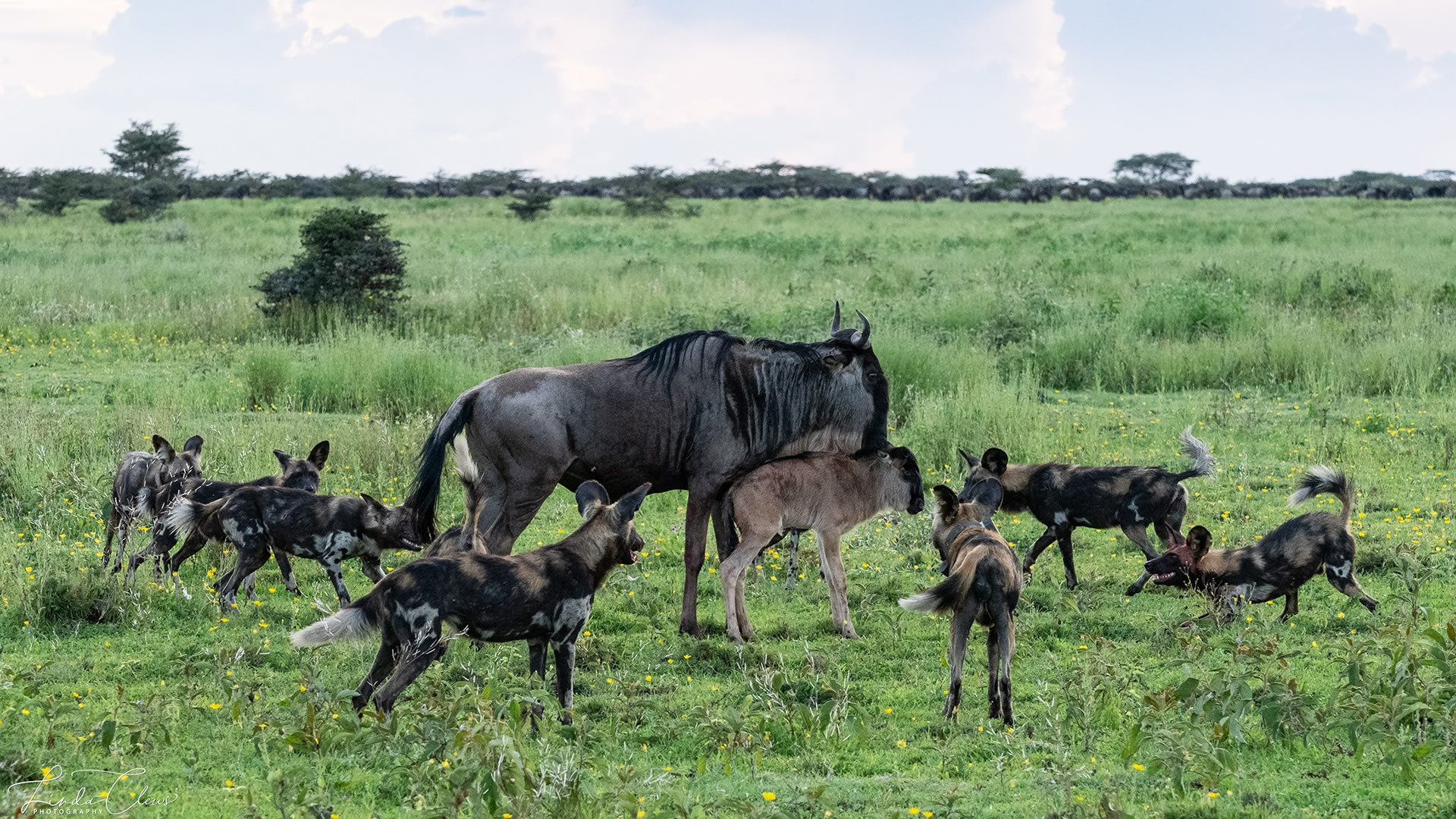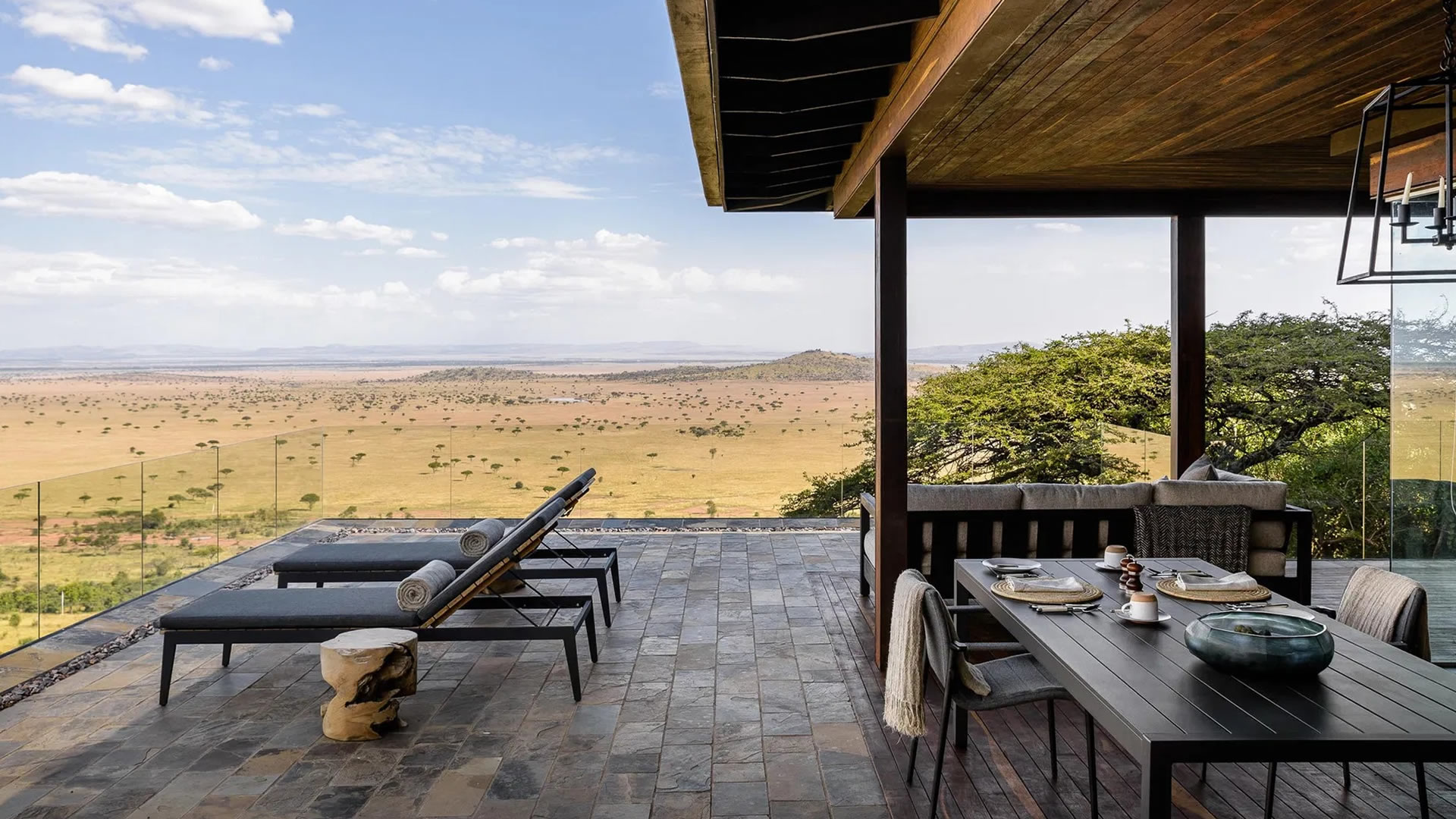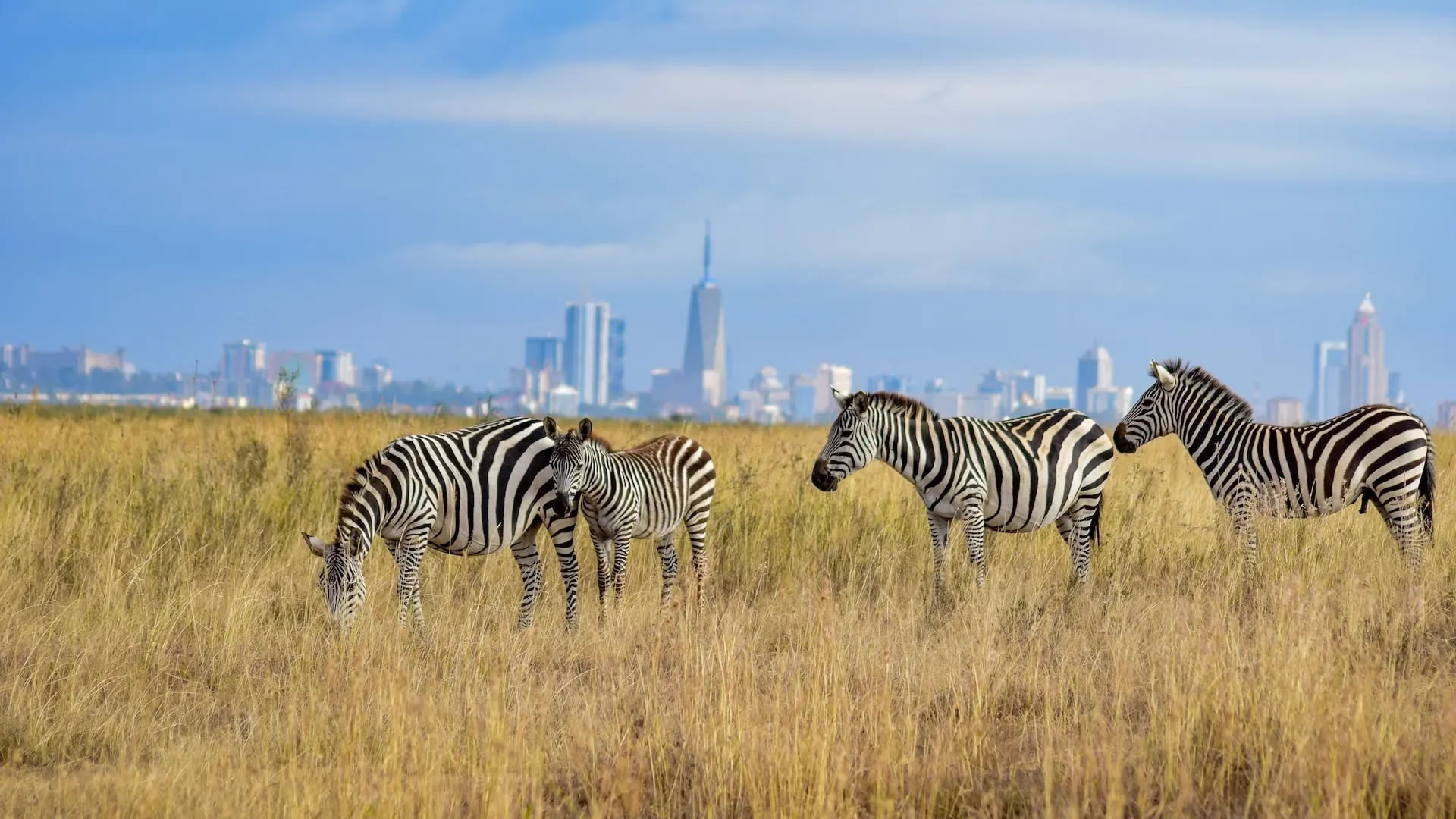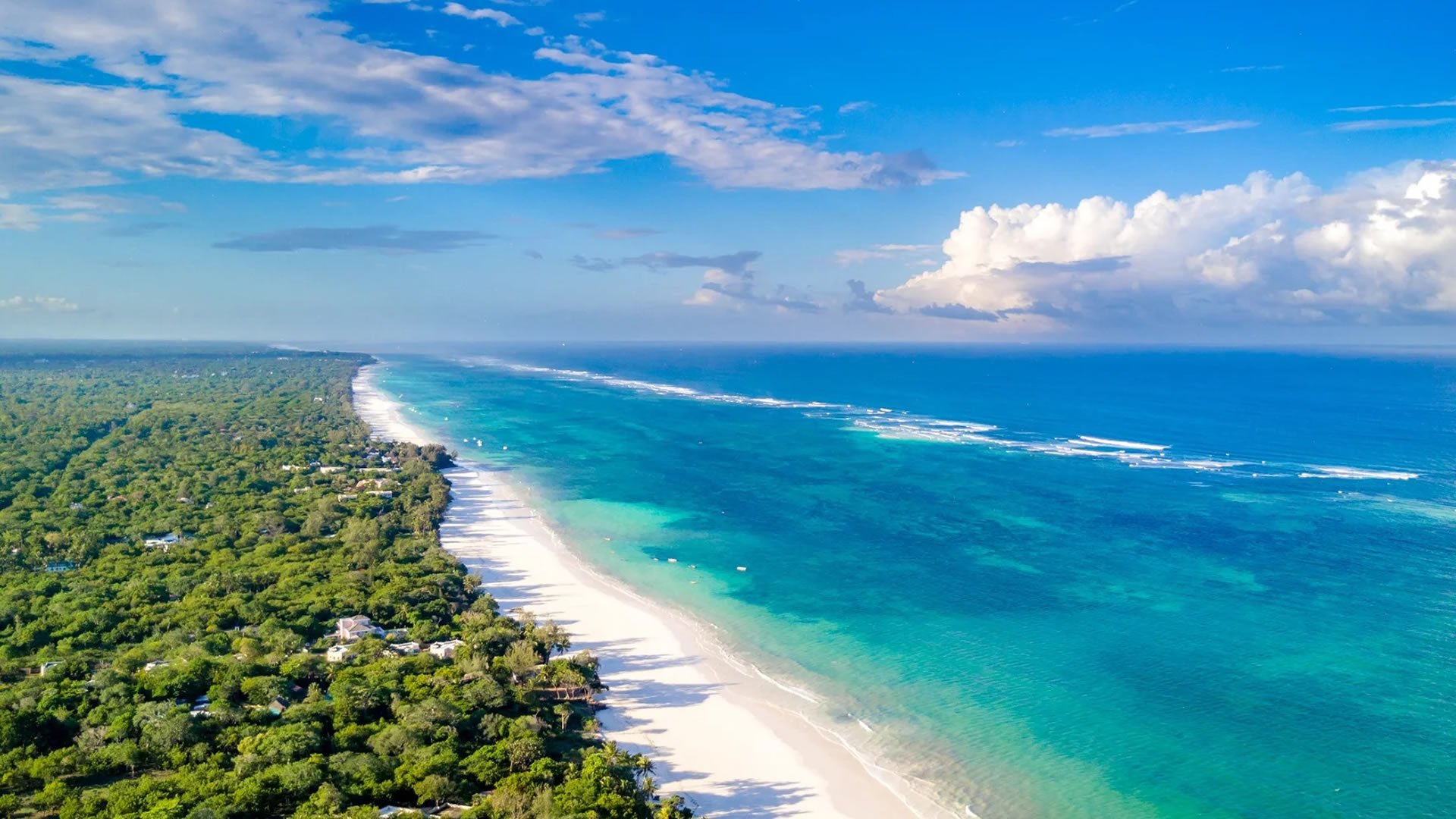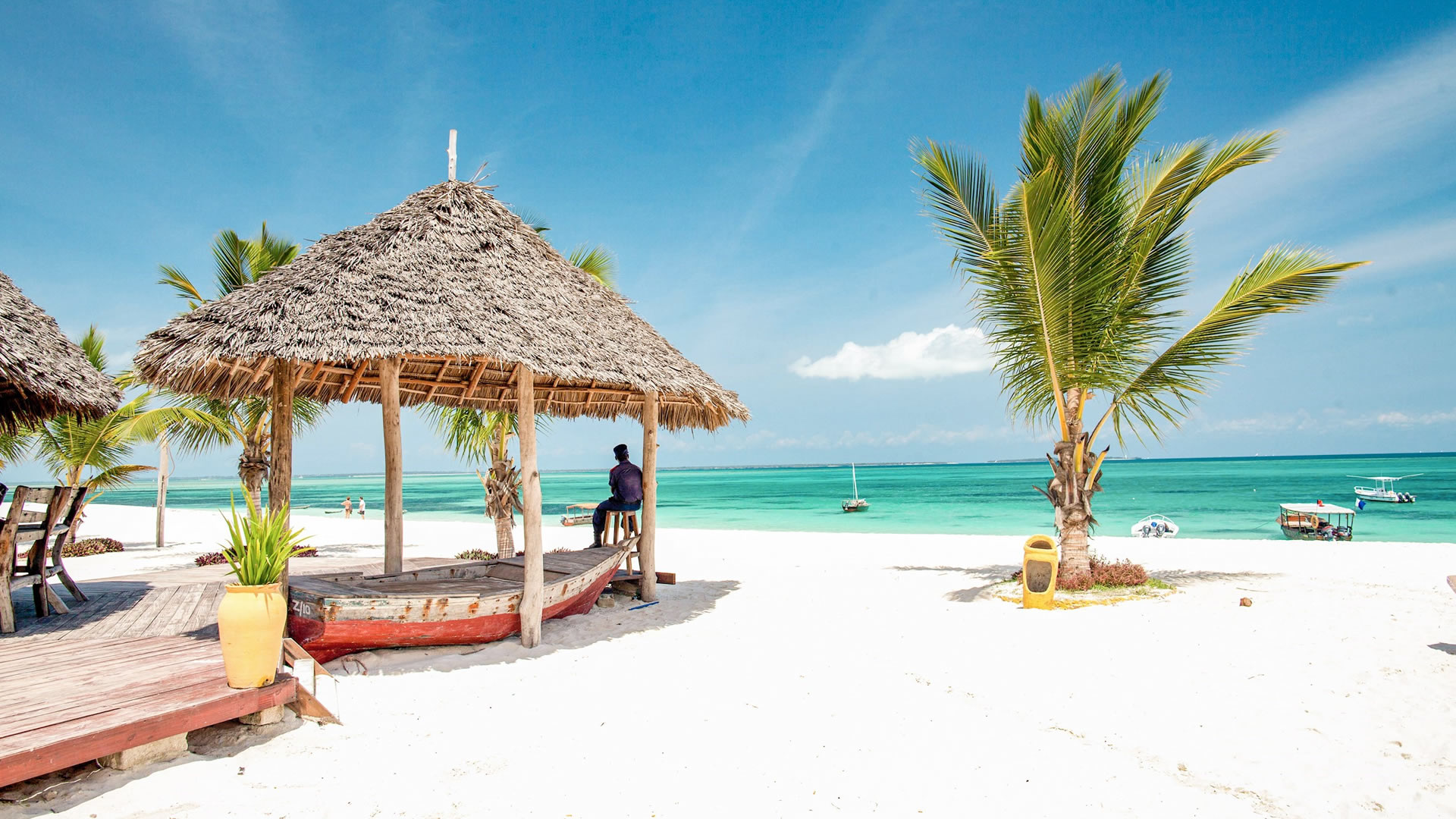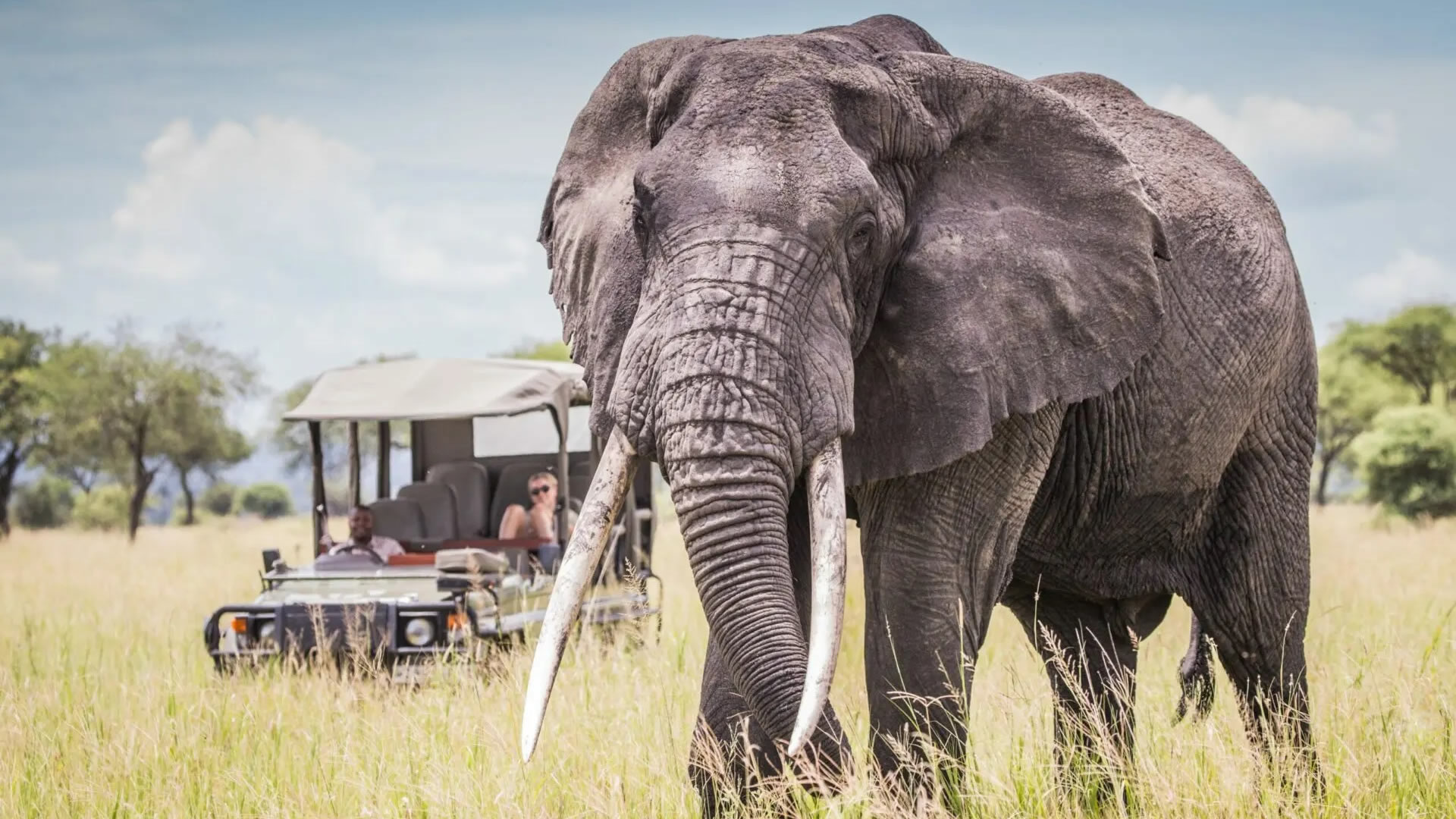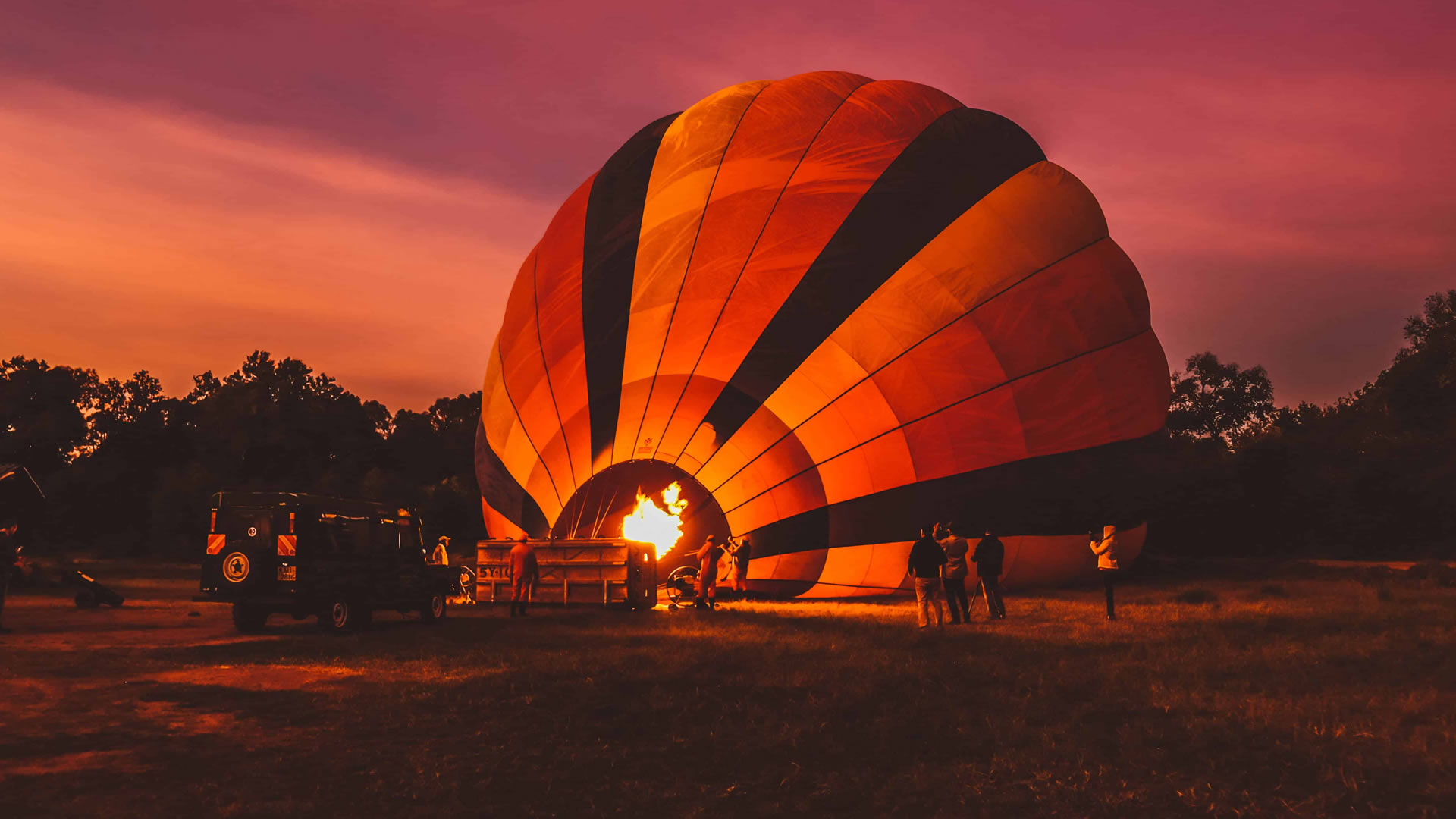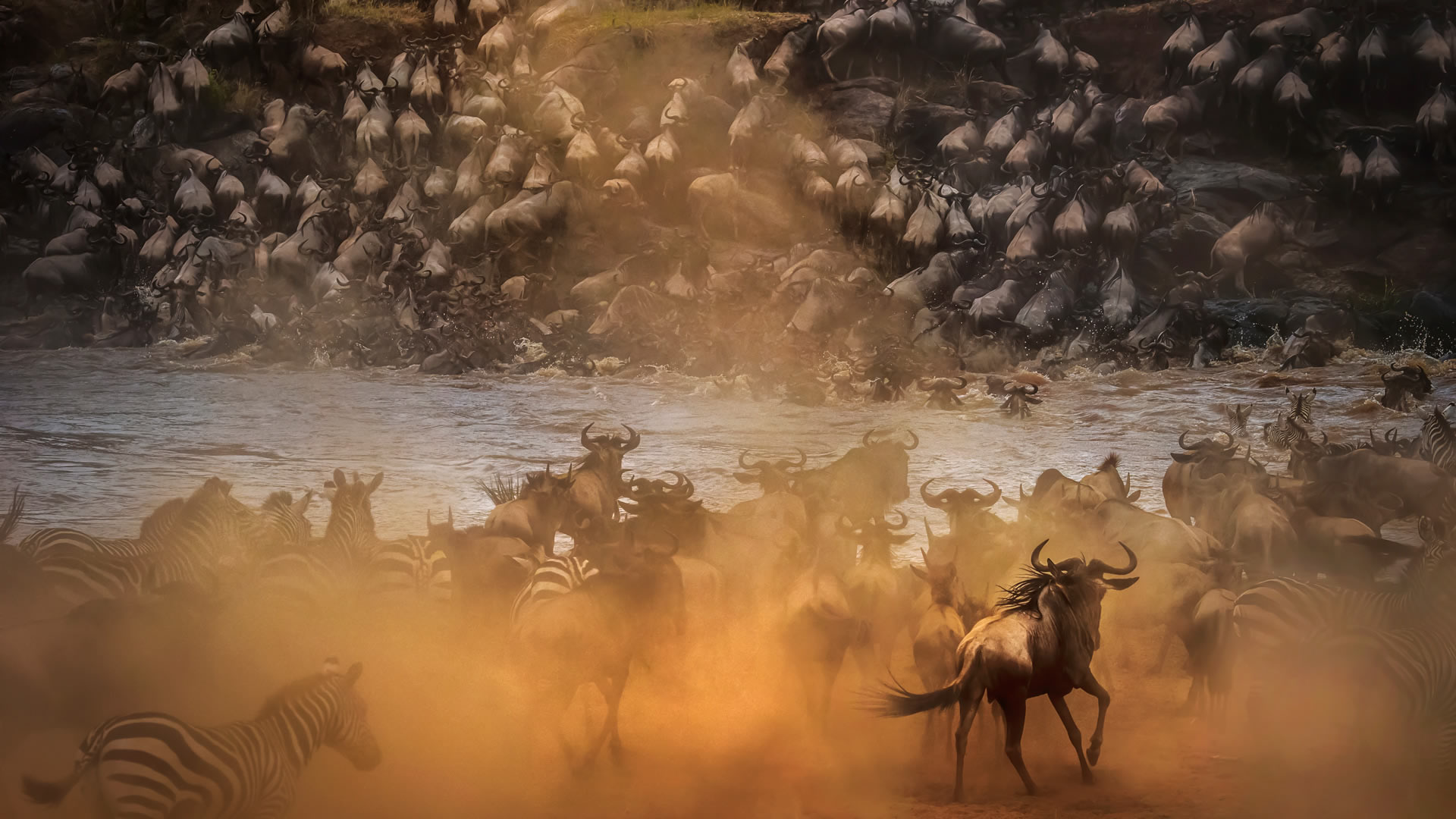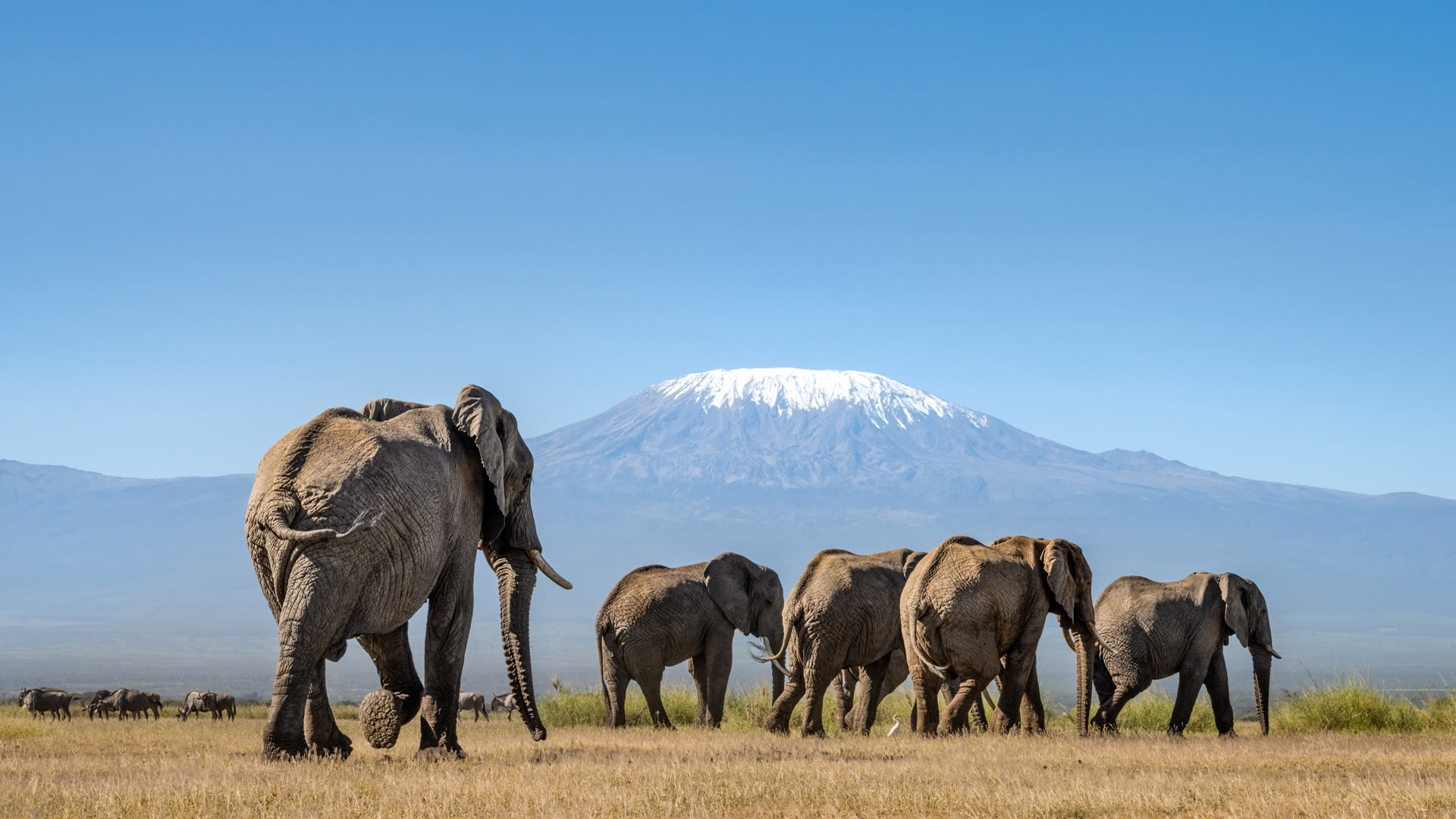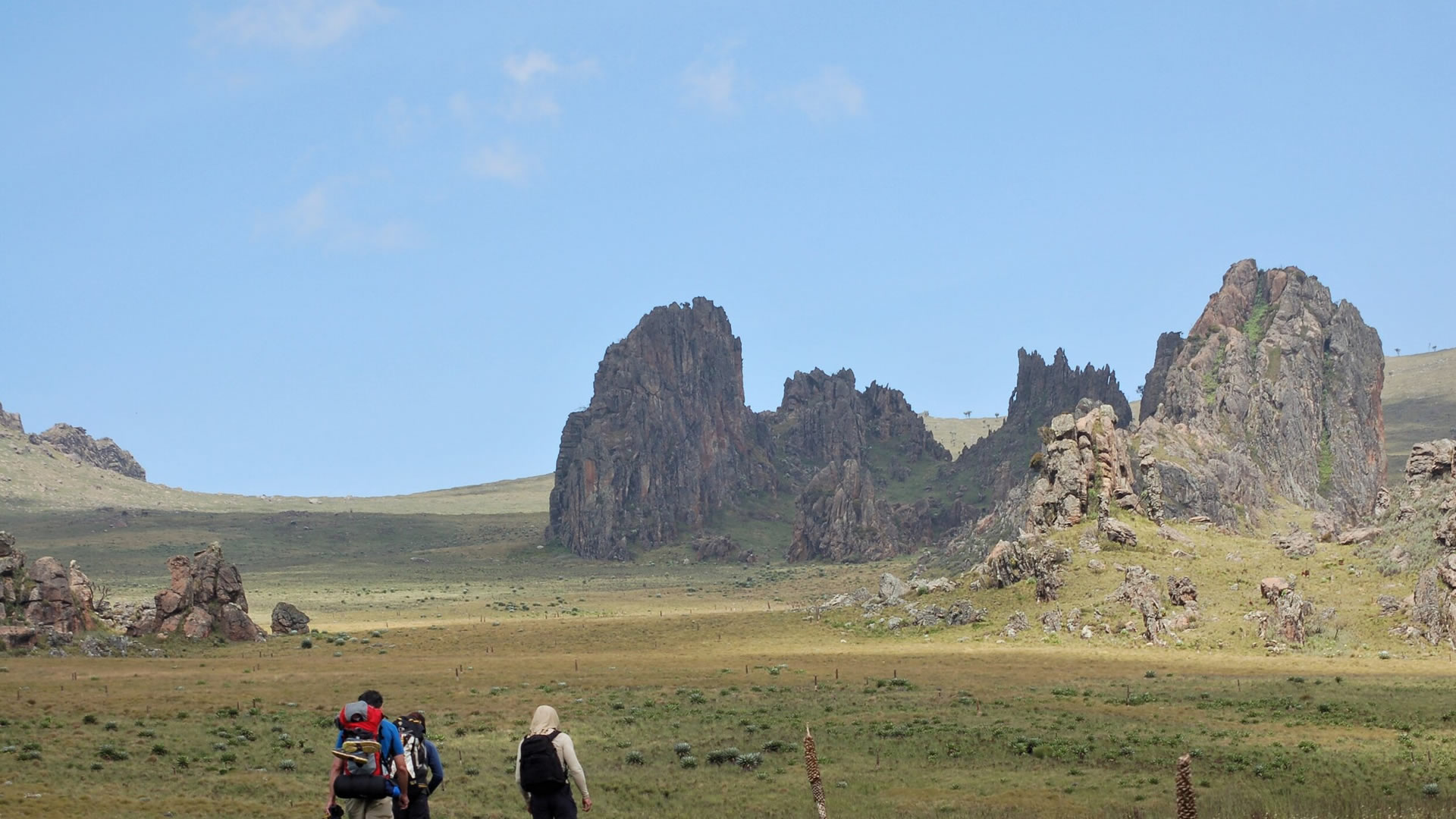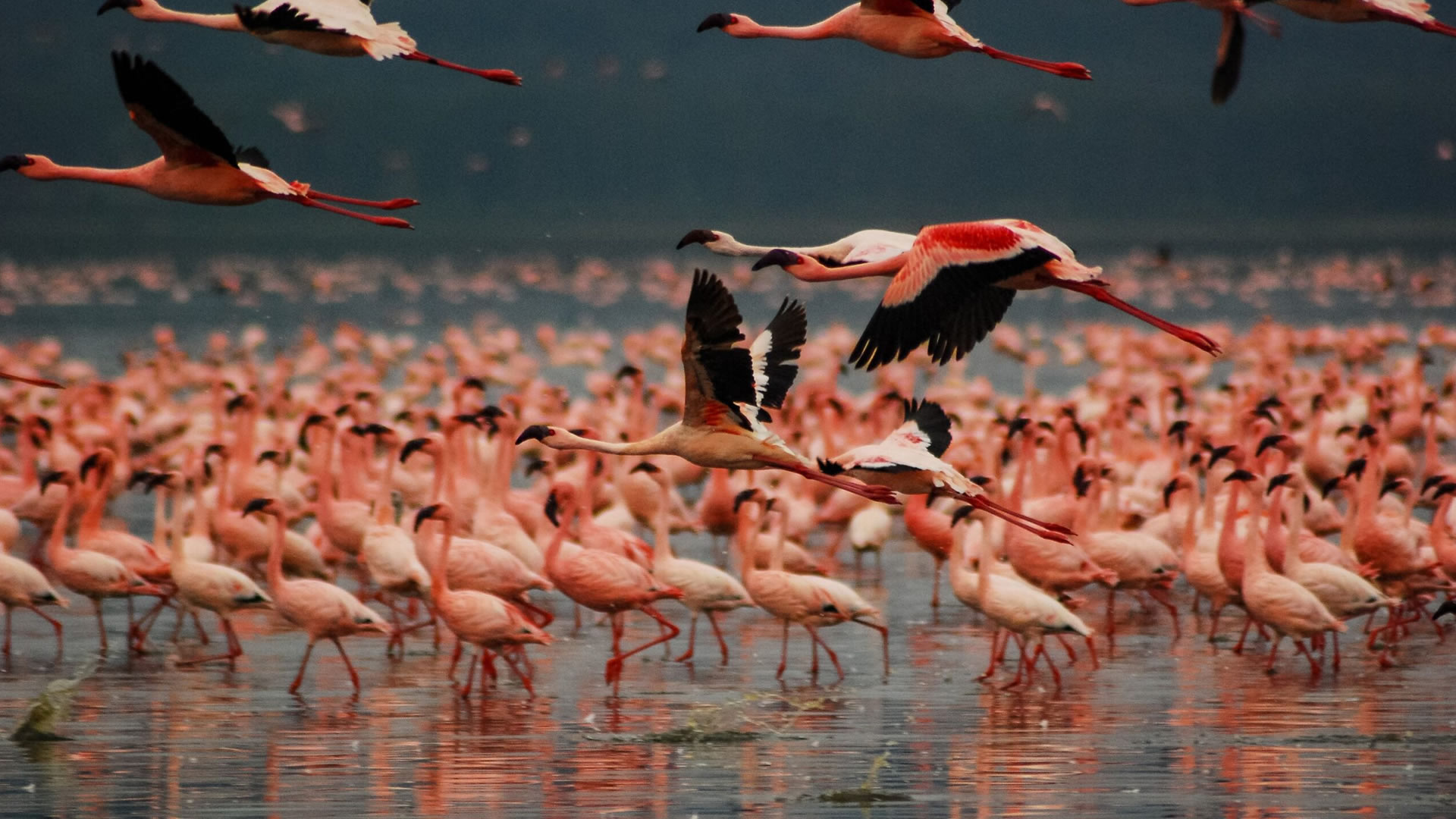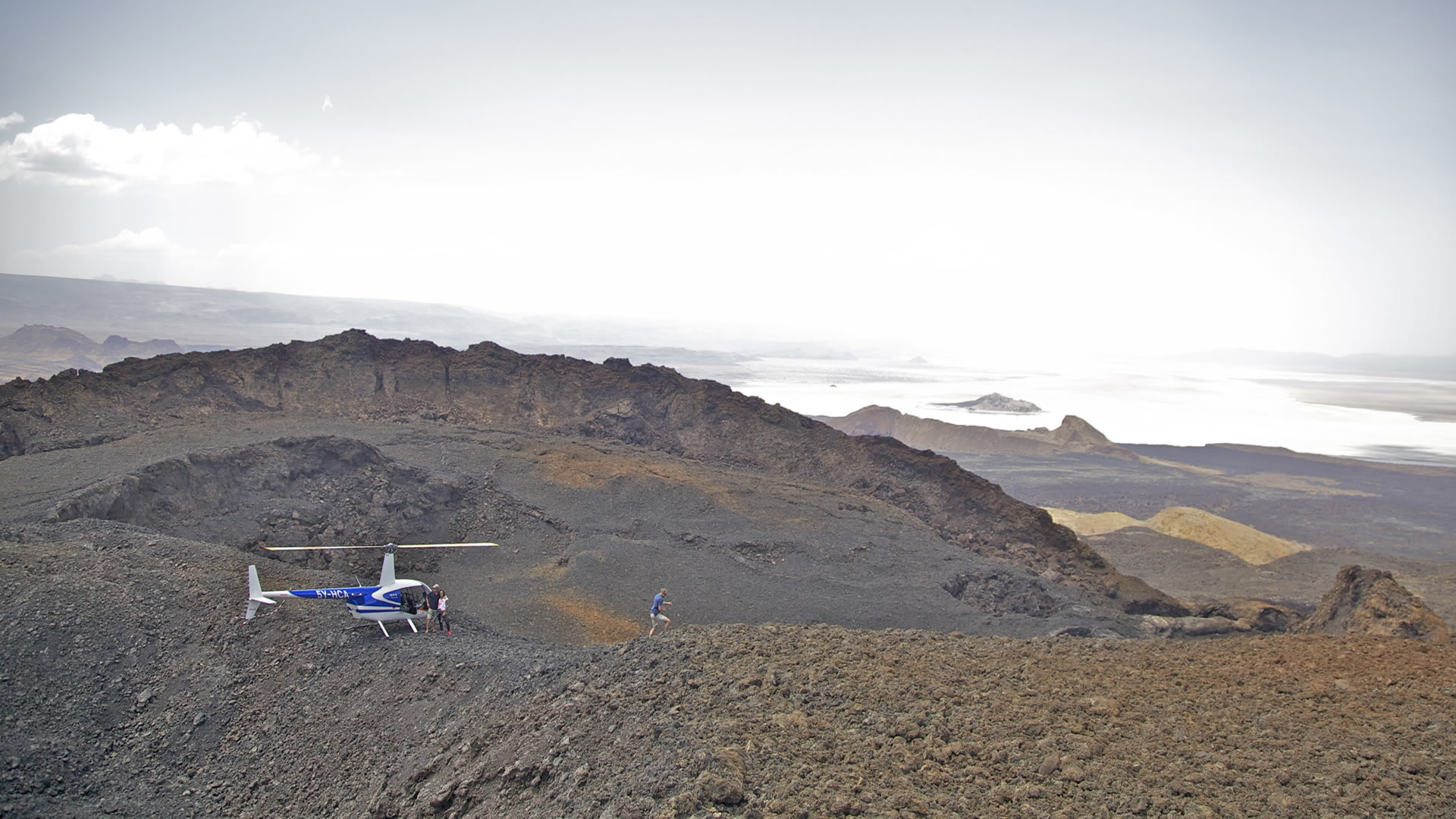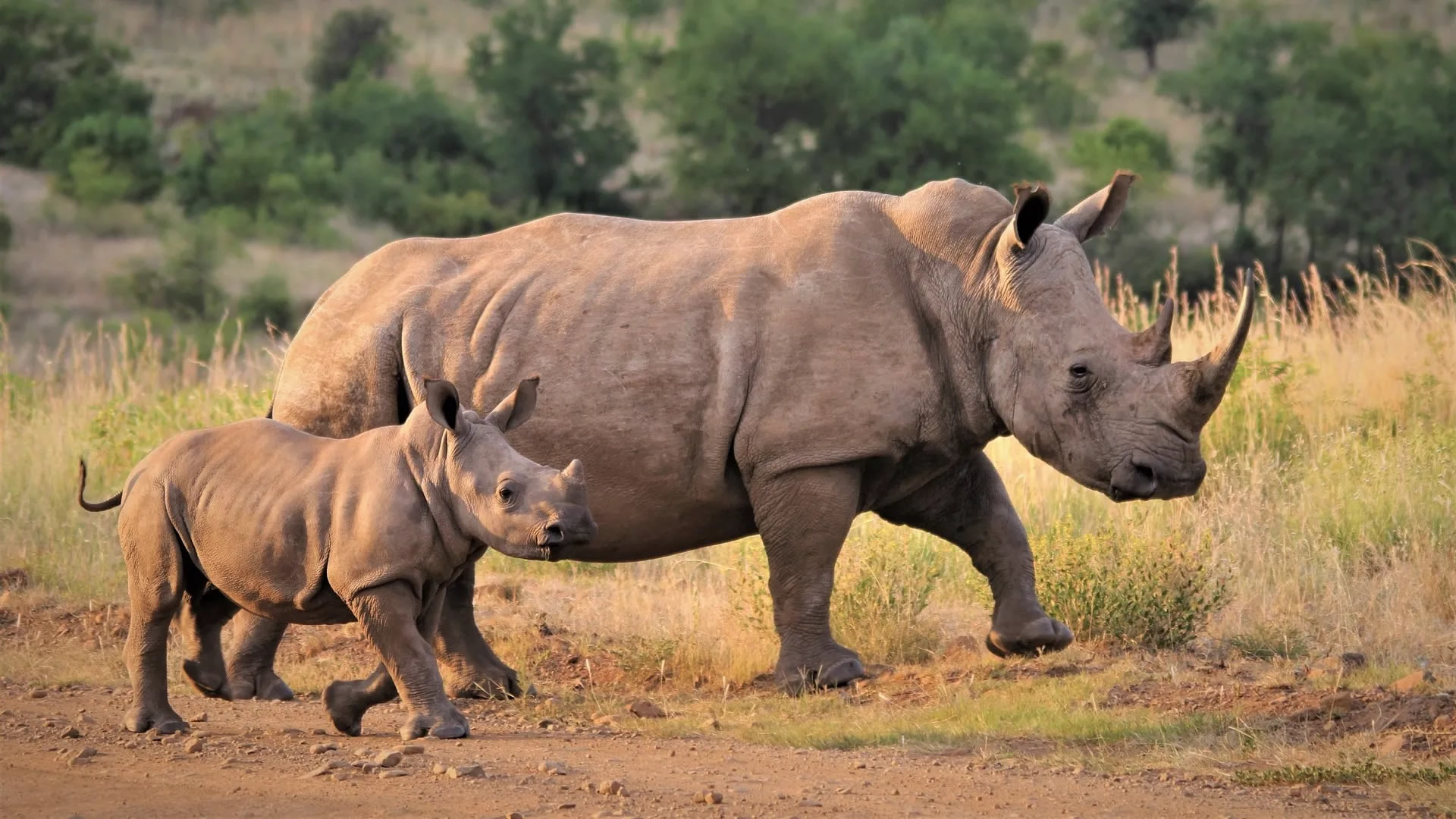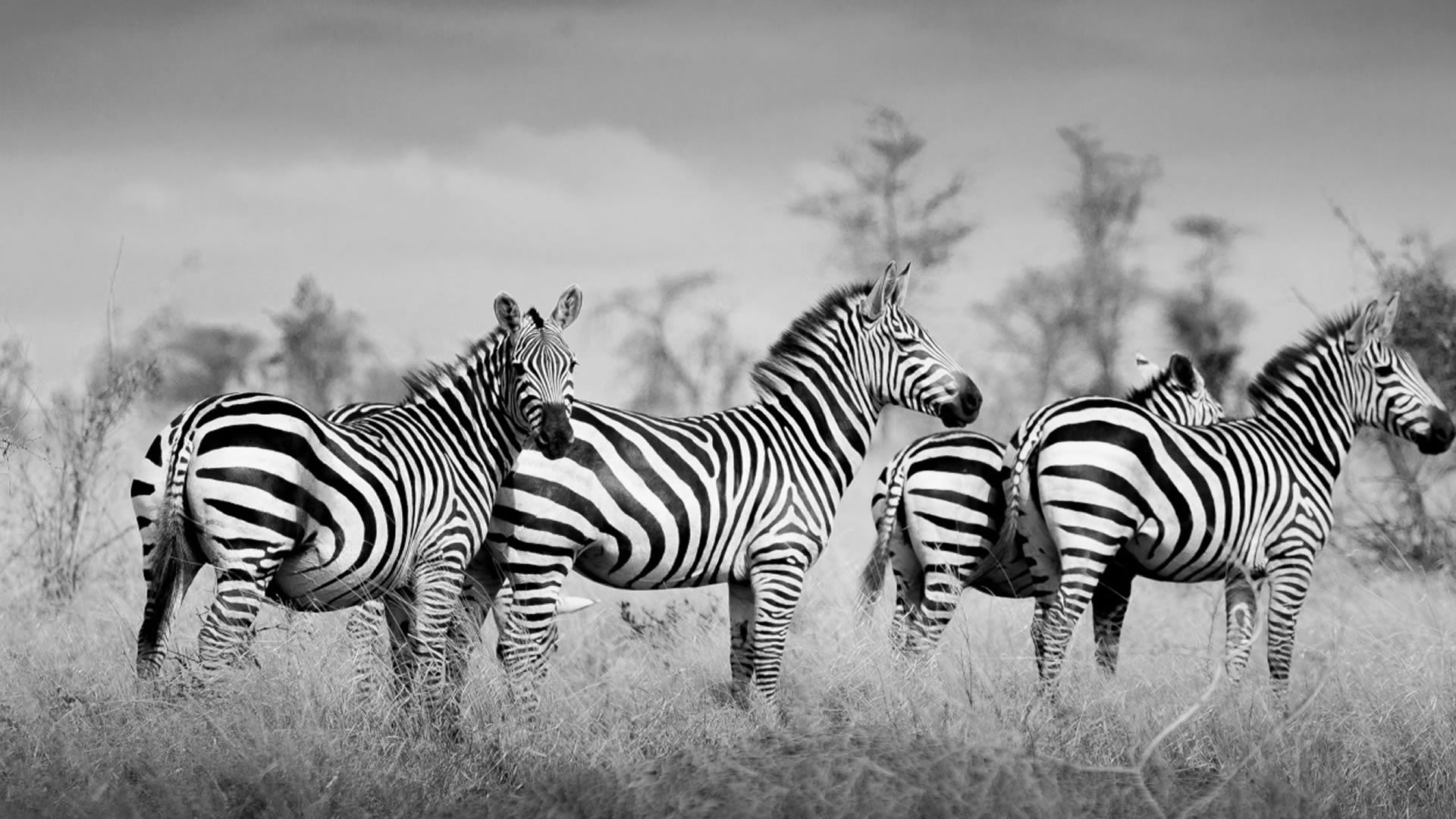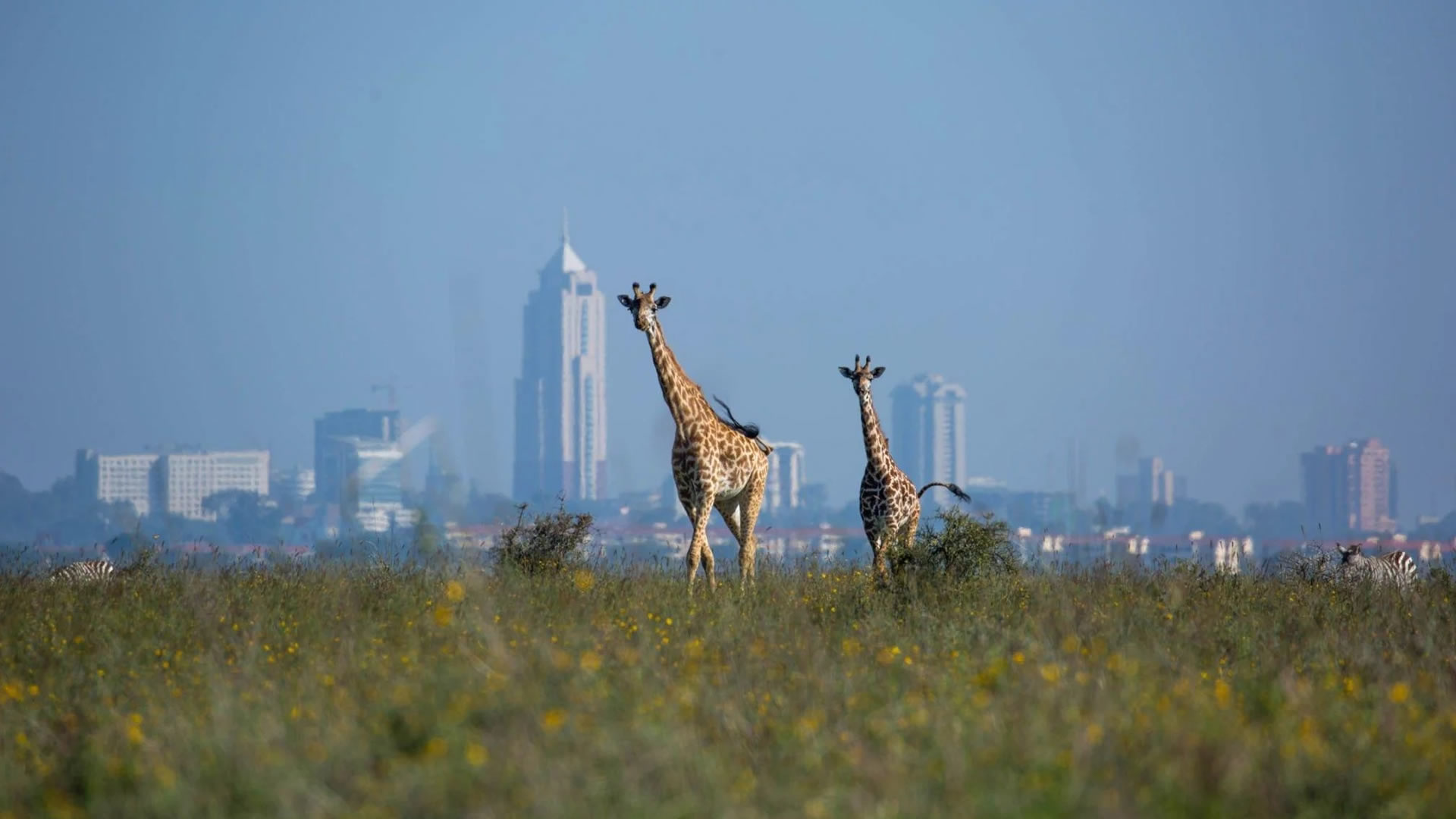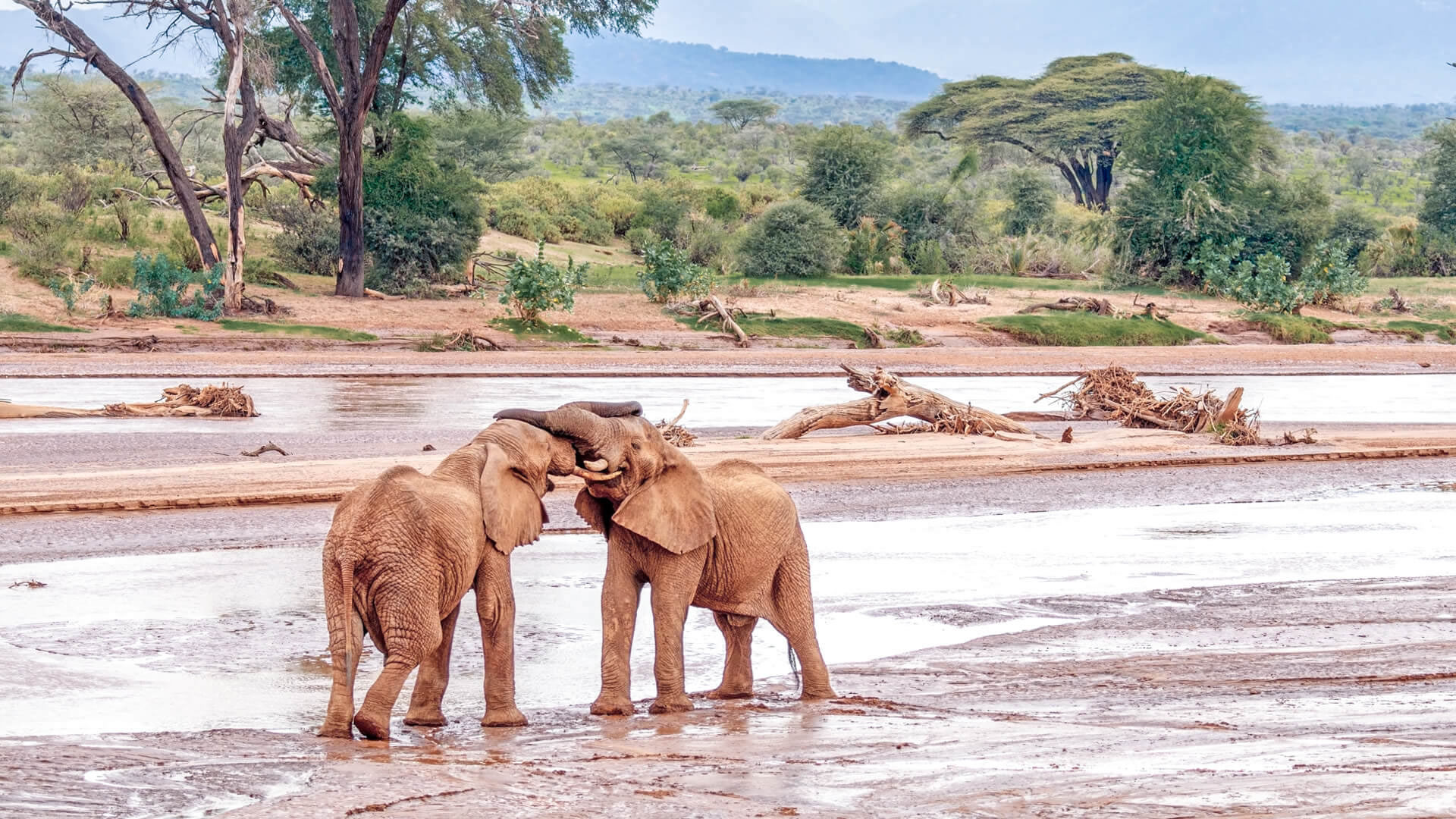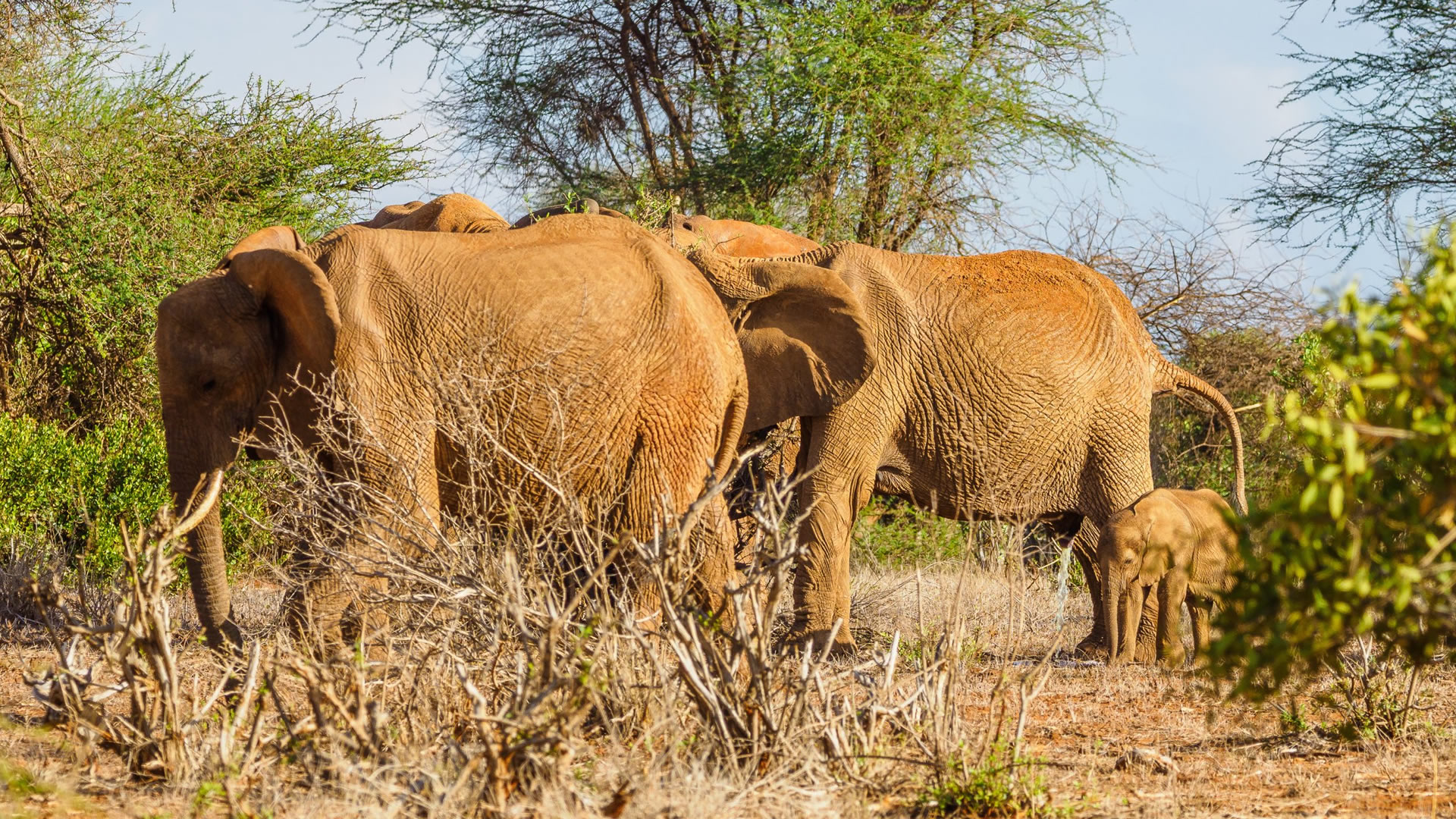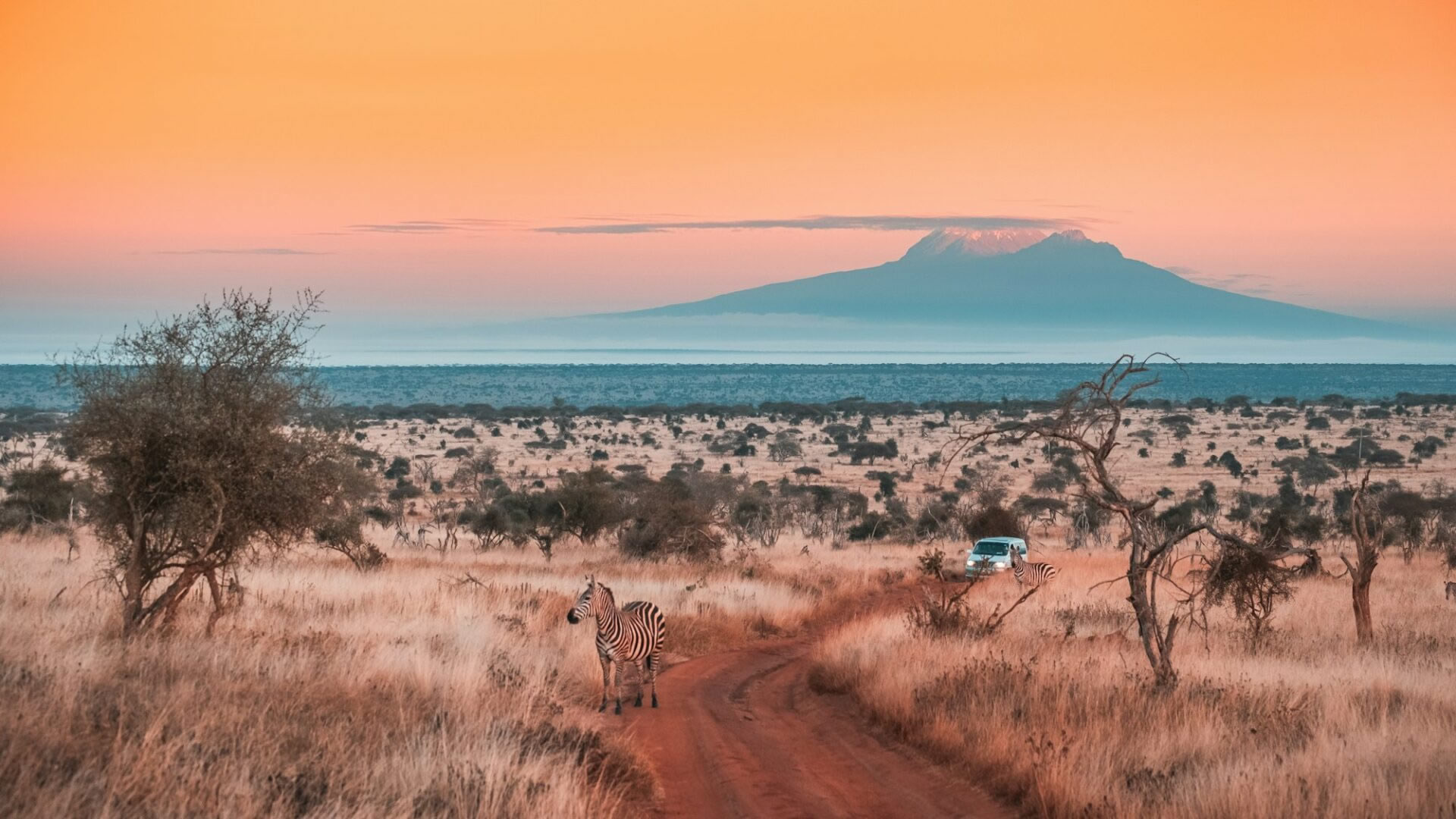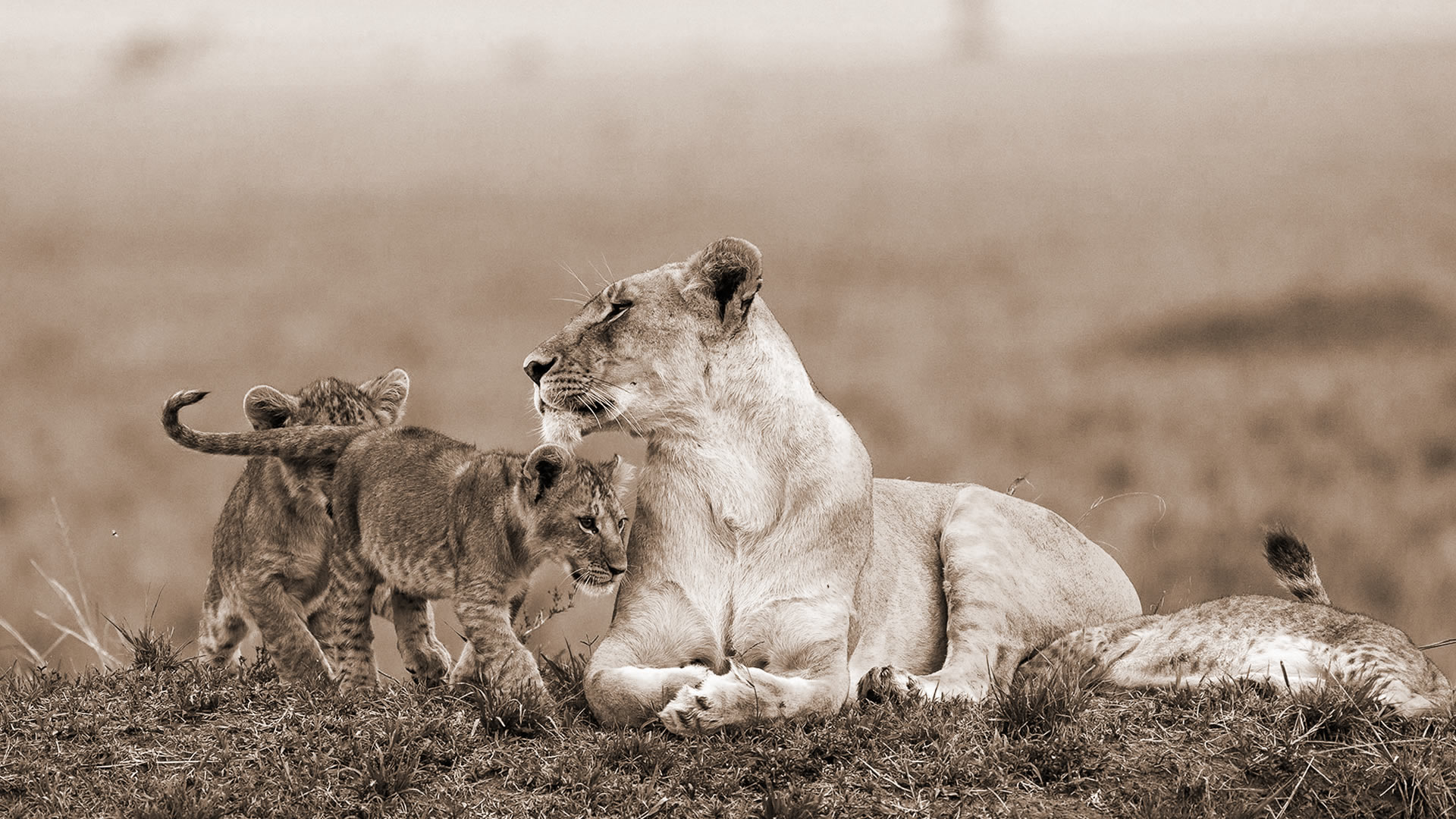
Maasai Mara Game Reserve
“Kenya's wildlife crown jewel"
Maasai Mara Game Reserve is one of the most popular tourism destinations in Kenya. The reserve is located in the Great Rift Valley in primarily open grassland. Wildlife tends to be most concentrated on the reserve’s western escarpment. The Masai Mara is regarded as the jewel of Kenya’s wildlife viewing areas. The annual wildebeest’s migration alone involves over 1.5 million animals arriving in July and departing in November.There have been some 95 species of mammals, amphibians and reptiles and over 400 birds species recorded on the reserve.
The Masai Mara is a northern extension of Tanzania’s Serengeti, and is the site of the annual Great Wildebeest Migration which takes place from late July through to early October during which millions of wildebeest and thousands of zebra migrate from the Serengeti in Tanzania. The Masai Mara’s Great Migration is regarded as one of the greatest wildlife spectacles and natural wonders to witness first-hand. By far the most anticipated part of this journey is the dramatic Mara River crossings that occur between July and September as the animals enter Kenya.
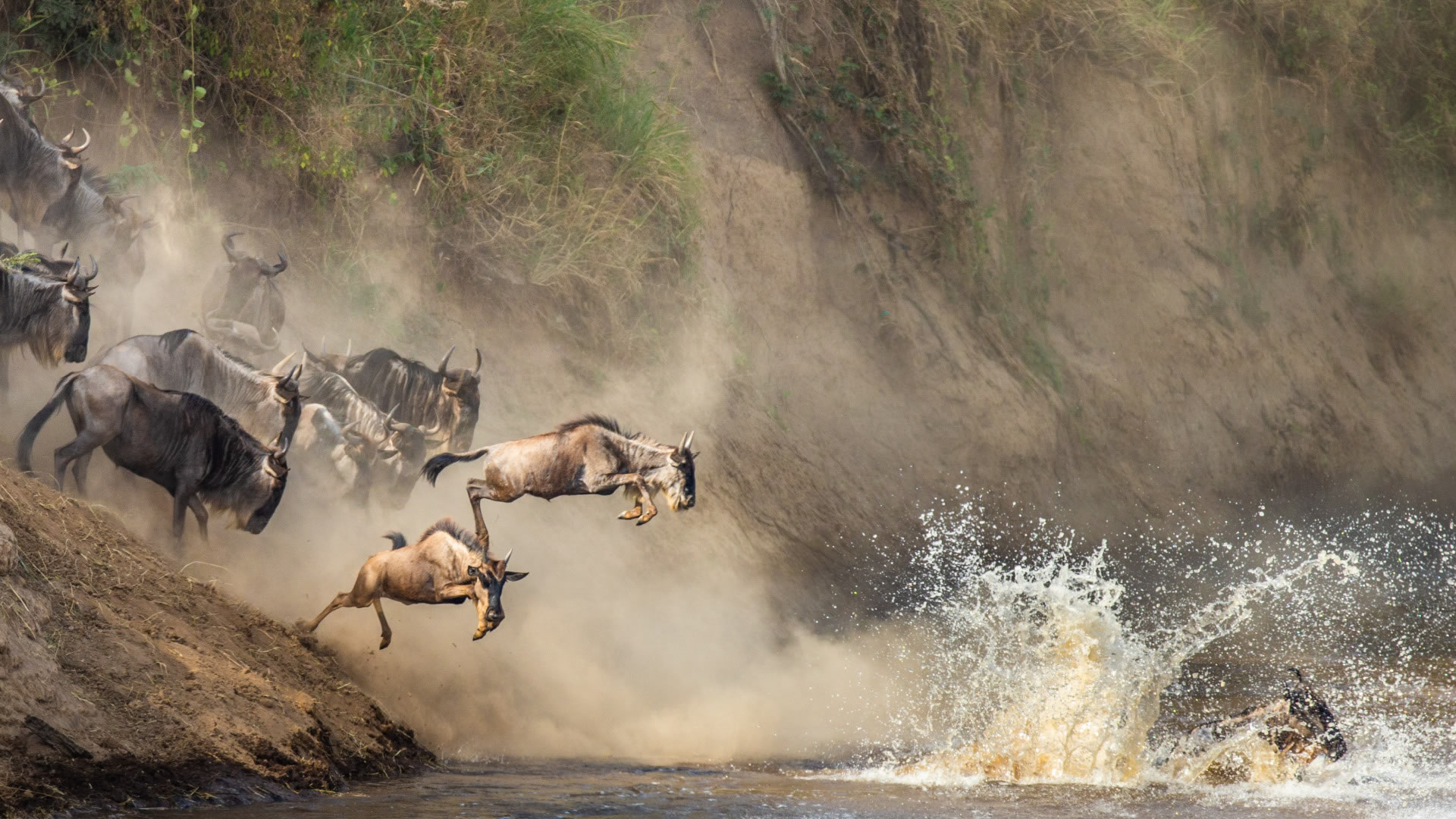
The Maasai Mara Game Reserve Highlight:
Wildebeest Migration
Experience the Maasai Mara Game Reserve
The Maasai Mara Game Reserve is on the northernmost extension of the Serengeti ecosystem and is a micro-habitat in its own right. The inner reserve of 518sq km (200 sq miles) allows no intrusion of human settlement, while the outer remains basically undeveloped, an area where local Maasai pasture their cattle and co-exist with the game.
It is probably the most famous reserve in Kenya. Its breathtaking views became familiar worldwide when the film ‘Out of Africa’ was released, as much of it was filmed in the Mara. Maasai Mara Game Reserve is perhaps the only region left in Kenya where visitors may see the super-abundance of animals that existed a century ago. Measuring approximately 1510sq. ilometres (approx. 938sq. miles) in size, this unfenced savannah grassland is roughly 150 miles southeast of Nairobi.Maasai Mara derives its name from the indigenous people of Kenya – the Maasai tribe – and the Mara River that cuts through the park.The Masai Mara provides the best view of the famous wildebeest migration as the animals cross the Mara River between July and August.The Mara is also home to the richest concentration of wildlife, including the “Big Five” (elephants, lions, leopards, rhinos, and buffalo), zebras, antelope, gnus, Oribis, hyenas, giraffes, warthogs, gazelles, hartebeests, hippos, crocodiles and others.
Best time to visit: Maasai Mara Game Reserve
The best time to visit Masai Mara National Reserve is during the Dry season from June to October. At this time, animals draw near to rivers and waterholes and vegetation is thinner, making wildlife easier to find and to see. During the rains (especially March, April, November and December), some driving tracks can be difficult to navigate. Your best chance to witness the spectacle of the great migration is between August and October.
Wildlife Experience
Masai Mara National Reserve is Kenya’s flagship park. Sightings of four of the Big Five are pretty much guaranteed. Black rhino is more elusive, but can sometimes be spotted in the Mara Triangle. The reserve is one of the best for big cats, but sightings of smaller predators such as bat-eared fox, black-backed jackal and spotted hyena also tend to be rewarding. Antelope include impala, reedbuck, Thomson's gazelle, eland and topi, while buffalo, elephant and giraffe are relaxed and easily spotted.
Birdlife
With more than 500 bird species recorded, Masai Mara National Reserve is an excellent place to mark off a lot of Kenya’s savannah species from your bird list. The park is particularly rich in raptors with 57 species present. Bateleurs often soar above the grassy plains and predator kills are a good place to find up to six species of vultures scavenging. Migratory birds are present from November to April.
Best time to visit
Mara is an all-year-round park that can be visited anytime. The dry months of June to October and January to mid-March are the best times to visit the Masai Mara National Reserve.
Dry Seasons: July to October are the best months to visit, with mostly sunny and dry days. Afternoon temperatures range between 25°C/77°F and 27°C/81°F. The nights and early mornings can be chilly, with average temperatures of approximately 12° C/54°F.Make sure you have warm clothing for early game drives and evening sundowners.
Wet Seasons: Masai Mara has a semi-arid climate with two distinct rainy seasons. “Long rains” last approximately 6-8 weeks in April & May, while “short rains” last approximately four weeks in November and December. Temperature Range between 12°C/54°C to 30F°/ 86° F.
Getting There?
By Air: You can catch a domestic flight from Wilson Airport(WIL) in Nairobi. The flight time to Mara is about 45 minutes to 1 hour. Several airstrips are in the mara, but your aircraft will land at the nearest airstrip close to your accommodation. Upon arrival at the airstrip, a transfer vehicle will be ready to transport you to your safari lodge or bush camp. Enjoy game viewing on the way. Major Airstips : Keekorok, Serena, Musiara, Kichwa Tembo,Mara North and Olkiombo.Domestic flights include Air Kenya and SafariLink.
By Road: The most popular and common means of travel for a typical African safari is a 4X4 landcruiser vehicle with an open sunroof. The drive to Masai Mara takes approximately 6 hours, covering a distance of roughly 225km (140 mi) to 375 km (235 mi), depending on your entry point. You will be travelling stretches of kilometres on tarmacked and rugged terrains, which makes it part of the African Experience. There are five gates to Masai Mara Reserve: Sand River, Oloololo, Musiara, Sekenani and Talek. All entrances open at 6:00 am and Close at 6:00 pm.


